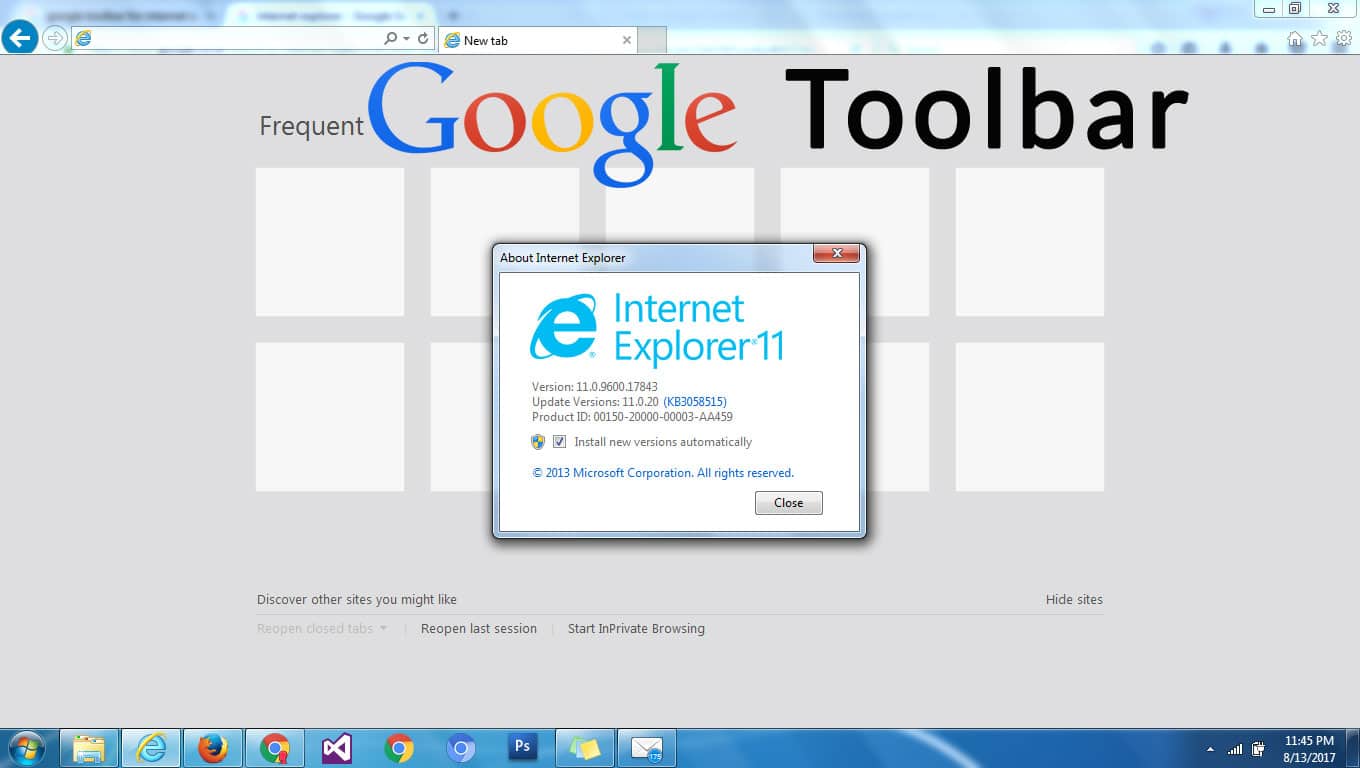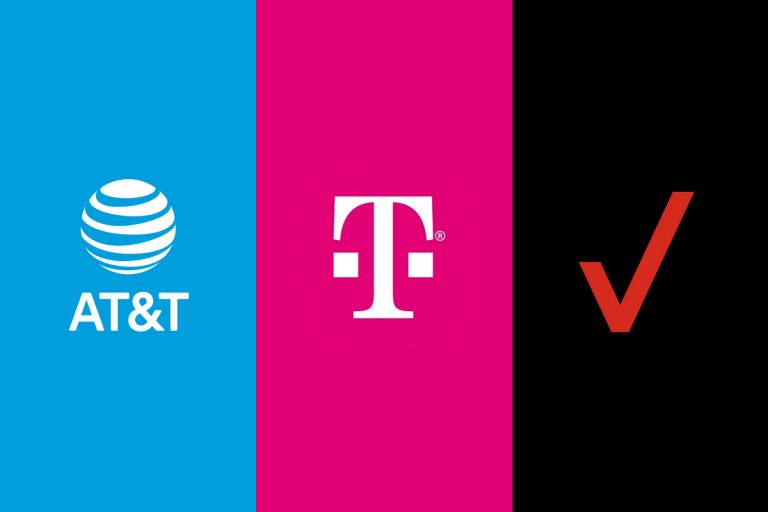Just In: After 21 years Google Toolbar is finally gone
Google Toolbar was decommissioned after nearly two decades – far longer than most of the company’s efforts. (A recent newsletter attempt lasted only three months.)
There was no ceremony, proclamation, moment of silence, or conclusion — simply a “no longer available” message. That’s what Google’s Install Google Toolbar help page now says; it explains how to uninstall the Google Toolbar and replace it with Chrome.
It seems surreal for Google to quietly abandon a tool that was responsible for 12% of all Google searches in 2008 — and then persuade a new internet generation that if they love Googling so much, they should just download Chrome. Chrome is fantastic (fine? ), but it isn’t as good as it once was.
I’ll admit that I wasn’t a Google Toolbar user, but we did have a relationship. The Google Toolbar was created to assist me in blaming it for the computer troubles of my family and friends. If they asked me how to tune up their computer or complained about websites loading slowly, I told them it was because of the Google Toolbar, which I was pleased to erase.
It always seemed to work, too: removing not only the Google Toolbar, but also the Yahoo! Toolbar, Ask Jeeves Toolbar, or any other toolbar would return so much screen real estate (we’re talking about the days of the 1024 x 768 screen resolution in the 2000s) that there was at least the appearance of a tune-up. Sure, I’d still go the extra mile and tackle their true problems, but the disappearance of the ubiquitous Google Toolbar felt like a significant difference.
READ ALSO: 5 Cool Reasons to Work in Data Science and Analytics Company
In the early 2000s, the success of Google Toolbar — and other browser toolbars — led web browsers to include online searches as a built-in capability. Internet Explorer 7 (2006) was one of the first browsers to include a separate search area next to the address bar, allowing for rapid web searches – though many users were disappointed that the default search engine was Microsoft Live Search. That is why Google Toolbar will thrive for years to come, increasing users’ reliance on Google services.
The duplicate web search boxes have finally come to an end, thanks to Chrome’s dominance in web browser usage since 2012. Now let’s all get together and install Google Toolbar one final time to honor its existence and bid it farewell:
1 Locate a computer with Internet Explorer, preferably version 8 or newer. It may be your first build, complete with a Pentium 4 processor and a Radeon All-In-Wonder graphics card, which your family is threatening to throw out. The crucial thing is that it’s a machine that no one uses, cares about, or wouldn’t mind having toolbars added to Internet Explorer.
2 Get Google Toolbar and install it. Some freebie sites still carry it, and if you’re lucky, you can find it in the downloads folder of any old PC. Run the installer after it has been opened. It will close all browsers and reopen Internet Explorer after installation. The Google Toolbar is now available!
3 Take into account your search options. You can use Google on your new Google Toolbar, Google.com, or Google in the Web Search area if you don’t want to use Live Search or Bing (in my case it was mywebsearch.com, which was probably set inadvertently or maliciously on this PC). Select Google in the Search Provider Default window that appears (after all, this is a Google Toolbar tribute).
4 For the full experience, sign in with your Google account. On the right side of the bar, click the Sign In button. Error notifications and a messed-up Google sign-in screen will appear. If you enter your credentials, you’ll get another error warning, so don’t waste your time. Let’s pretend it’s working, close the error messages silently, close the sign-in window, and go on.
5 Turn on geolocation. Under the wrench menu, go to Toolbar options > Tools. Look at “My Location.” While we’re about it, why not contribute to a decade or two of targeted ad tracking?
6 Take a look at the Google Toolbar’s privacy policies. Select the Privacy tab from the left-hand menu. The 2014 iteration of Google’s Privacy Policy may be found here (though it does link to the latest policy). You can even sign up for “improved features,” though I haven’t looked into what that entails (but you can).
7 There is a little pause. Select the About Toolbar tab from the drop-down menu. You might be surprised to learn that you’ve just upgraded to the latest version of Google Toolbar.
8 Use social media to share your favorite websites. You can translate the website, share it on social media, and more using the More button on the toolbar. The best venues to share are MySpace and Google Plus.
9 Remove the toolbar (Optional). It’s as simple as clicking “Uninstall” next to the wrench icon in the drop-down menu. Alternatively, you might keep going and get a companion for your Google Toolbar.
10 Install the Yahoo! toolbar. It can be located in the same location(s) as Google Toolbar. It’s the same process, but it’s a lot scarier.
11 Dare to be different. Establish Yahoo! as your default search engine and stick with it.
12 You’ll be inundated with search results. Internet Explorer will prompt you to select a default provider once more. You’ll be torn between the two for the rest of your life… there’s nothing you can do about it.
12 It’s time to retire Google Toolbar. Turn off the computer. Skip the shutdown if it’s a machine you don’t care about. Simply hold the power button down until Google Toolbar is the last thing the machine does. I’m proud of you if you’ve made it this far.
That’s all there is to it. If you truly need another toolbar, the Yahoo! Toolbar is still available as a Firefox addon.





